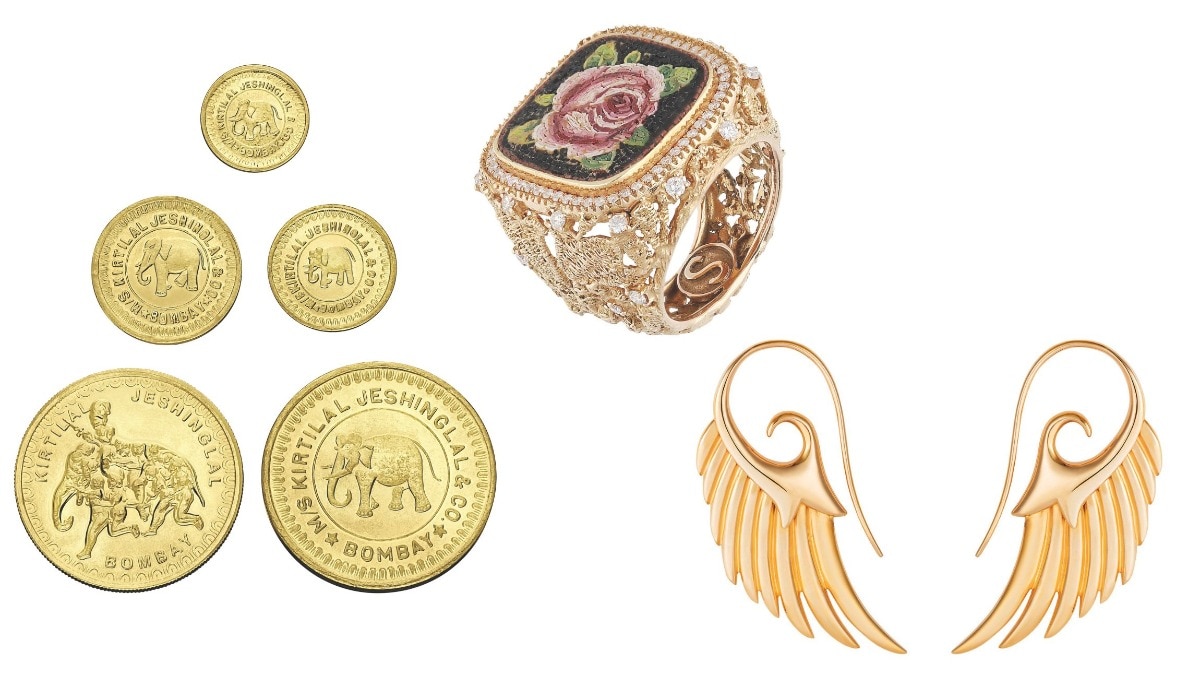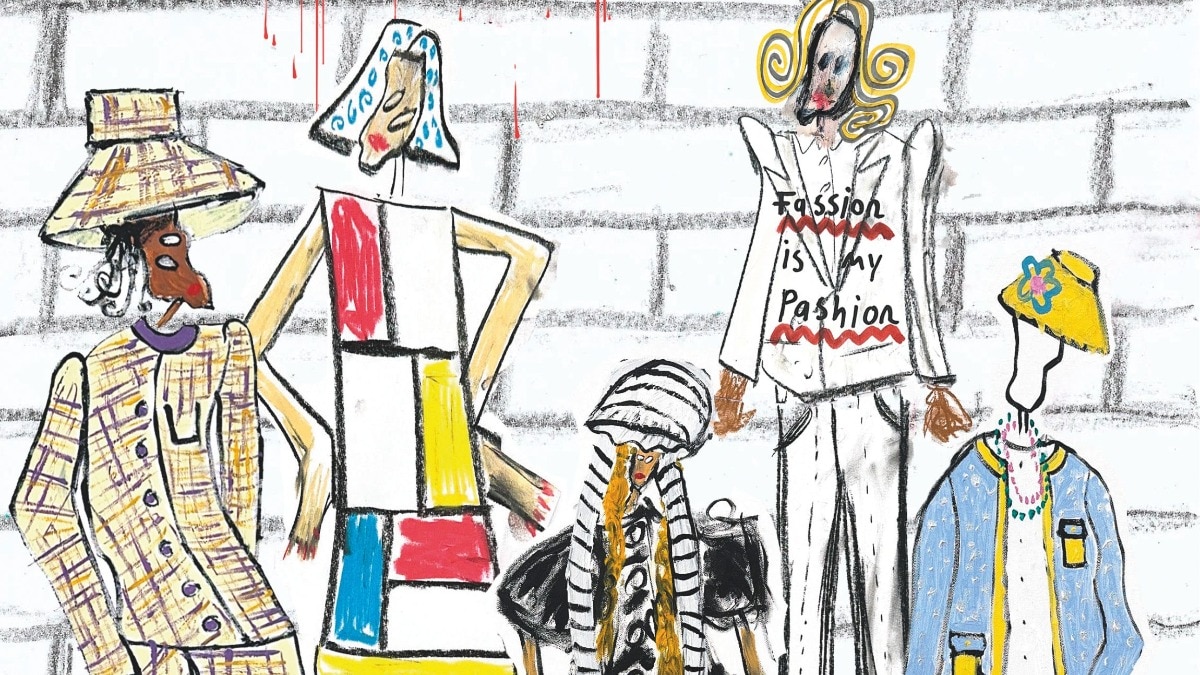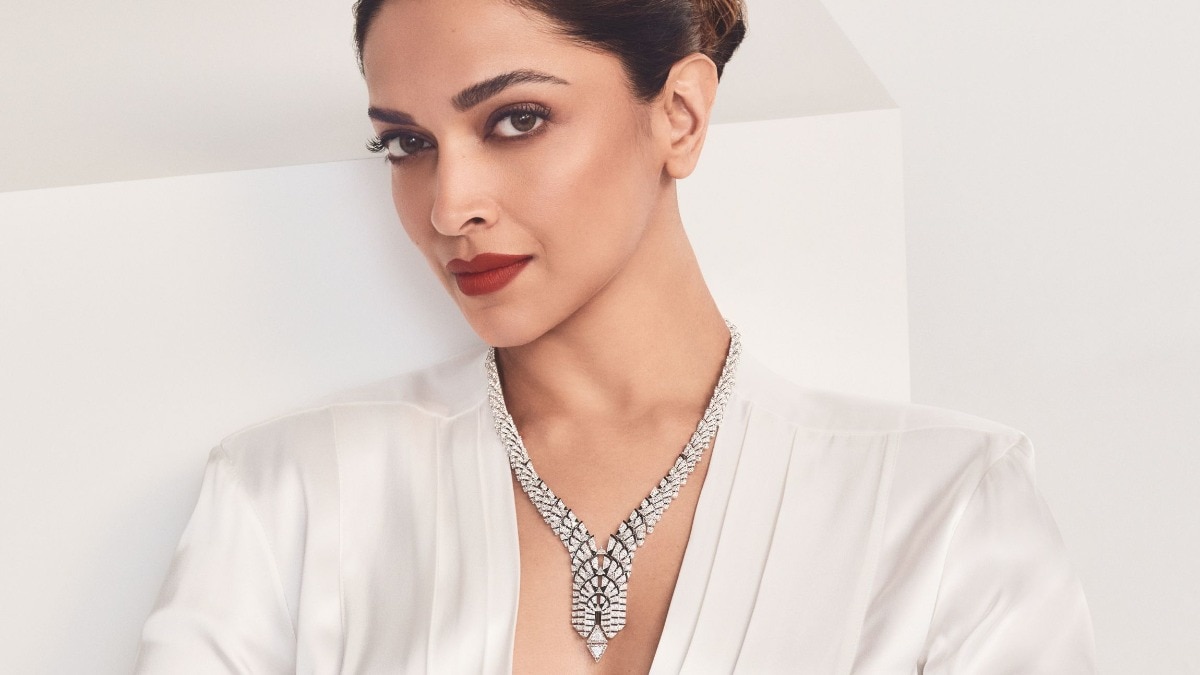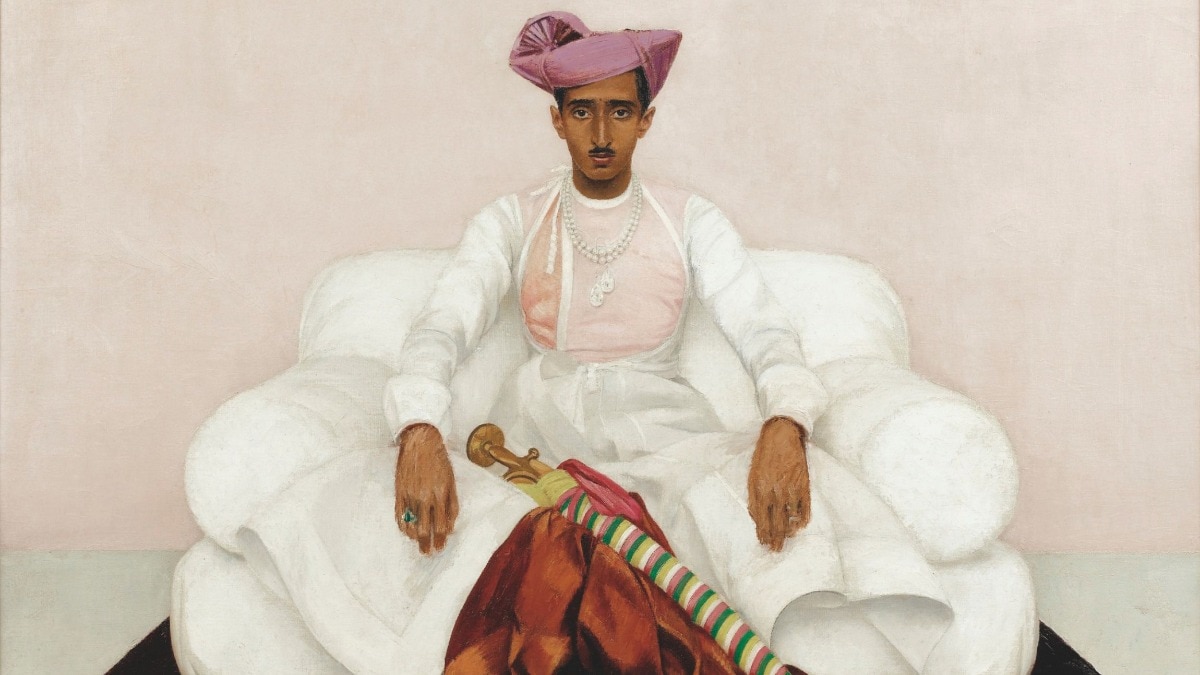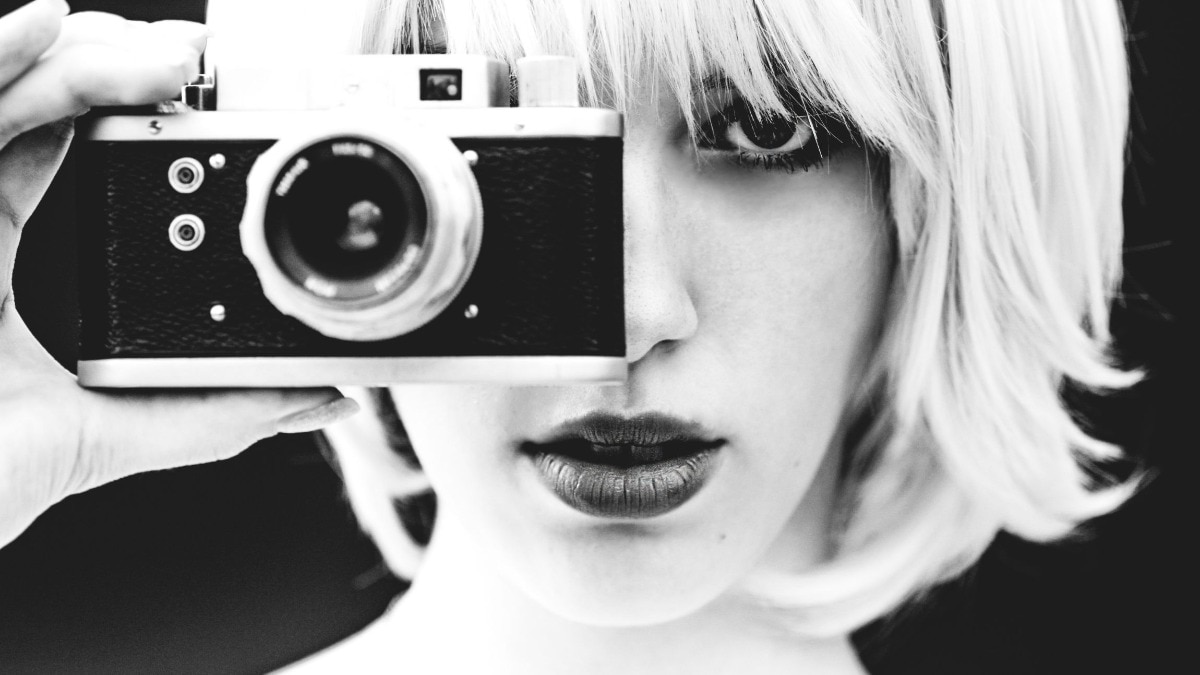
Reviving the joy of dressing with Mrs Prada
The brand’s Spring 2024 collection encourages a strong sense of confidence in dressing for yourself.


We live in a world of excess. There is so much stuff: material stuff, social-media stuff, existential stuff. That applies to fashion, of course, too, where every scroll yields a new microtrend or an influencer declaring the death of one. Figuring out how you want to dress can feel overwhelming. Shopping takes on the qualities of checking off a list rather than investing in pieces that make us feel good. The internet would tell us that we’re either a Carolyn Bessette or a Kim Kardashian, that we’re early-’90s grunge or early-aughts sexed-up glam, leaving the idea of personal style in a murky place filled mostly by the algorithm. In other words, making sense of fashion and actually finding ourselves in it has become a confusing proposition.
Leave it to Mrs Prada, then, to bring some sorely needed clarity. “Let’s talk about the clothes,” she said backstage before Prada’s show for Spring 2024, co-designed with Raf Simons, which explored the essence of craft over the execution of ideas. The collections as a whole were filled with extremely wearable pieces, the kind you could imagine mixing and mashing within your own wardrobe, like perfectly fitting jeans or trousers paired with shirts or dresses with slightly tweaked tailoring and details, such as an oblong collar or an extra set of sleeves. There was a renewed focus on the purity of the garments—and, with it, some much-needed optimism in these increasingly complex and confusing times.

The clothes are something I’ve been thinking about for a while, especially after reentering the world of fashion at the start of Fashion Month in September. Between the pandemic, having a baby, and my previous work-from-home corporate job, I’d stopped getting dressed the way I used to. Clothes weren’t as exciting to me, and I often felt overwhelmed by the microtrends and ping-ponging opinions floating through Instagram, TikTok, and Substack. It wasn’t until I rejoined the in-person working world that I realised how much joy can be found in the simple act of getting dressed. Navigating new motherhood while feeling unmoored in my work life left me paralyzed in front of my closet, not because I was uncomfortable in my post-C-section body but because I had no clue what my style was. It had been years since I’d been in an office, let alone one at a fashion magazine where, at least subliminally, having taste was a prerequisite. I have also always hated the notion that women should dress differently after becoming a mom (more pragmatic often equals “mom style”), and I knew I wanted to be on the continuum of how I’d always approached fashion for myself, which has typically included a mix of femininity and tomboyish-ness, occasionally statement-making, but never too over-the-top.
My head would swirl. Could I pull off a vintage dress over cargos and lug-sole boots? Was a tailored tunic too “quiet luxury” for me? Would I be stuck wearing my favourite high-waisted jeans and Converse Chucks forever? I had to step it up, new gig and all, so I went for it, dressing in everything I owned—sometimes successfully, sometimes not. And then the spring collections came down the runways and my love of clothes was truly reinvigorated.
In New York, Tory Burch implored me to consider just how freeing it can be to strut about in a deconstructed crinoline miniskirt. She showed them alongside wear-with-anything bonded jersey jackets and clutches moulded to fit just so against the hip. At Proenza Schouler, the pants worn over jeans got me. So did the loosely fitting sweater tucked into a paillette-embellished tech organza skirt, which opened my eyes to the possibility of wearing sheer (i.e., try a long-line top to cover your bottom half ) and evening wear pieces in broad daylight. Michael Kors did the same, with a wanderlust-inspired collection filled with excellent shirting and skirts that felt both nostalgic and modern, my favourite formula.

Also in New York, I found so much spirited direction in the contemporised, subversive sportswear shown at Eckhaus Latta and Rachel Comey—suits and separates made for women who go into their closets with unencumbered confidence and a throw-it-on-and-go attitude, without input from TikTok’s talking heads.
Hillary Taymour of Collina Strada made me ache to wear more colour, more print, more ruffles. The forced smiles on the models served as a commentary on the way we trudge through the mire of the world right now, trying—straining, even—to find happiness in our day-to-day lives when the world is quite literally burning. Personal style, in Taymour’s universe, is “an attitude or an aura, if you will. It’s when the energy and the clothes sync perfectly,” she says. “Sometimes it can be a signature styling trick, like someone always wearing a skirt over pants or someone always buttoning up shirts in a particular fashion.” I was reminded again of that elusive sense of balance in fashion, in finding cheer where we can these days, even if it’s in a hoodie layered over a floral ball skirt.
Joy was also jumping at Luar, helmed by the brilliant Brooklynite Raul Lopez, who closed New York Fashion Week with a collection of deconstructed suits and great denim. “I think everyone should approach dressing the way they approach trying a new restaurant,” Lopez says. “You go for what’s comfortable or familiar but also want to try something new.” And if he says I can wear a shorts suit this season, then, dammit, I’m going to try.

Then there was the wonder and whimsy of Francesco Risso at Marni. Risso’s opening and closing runway looks in Paris somehow managed to touch on both of my seemingly oppositional dressing desires, beginning with a super simple and sexy low-slung maxi skirt and turtleneck tank, and ending with a giant blooming dress covered with handmade flower cutouts.
Jonathan Anderson also struck this equilibrium at Loewe, taking wardrobe staples like flat-front trousers, flat shoes, and prep-adjacent cardigans and tweaking them with ultrahigh-waist silhouettes sparkles, and radical cocoon shapes. I want to wear my pants higher now and maybe try putting a giant pin through the front of my dress. I want to pair a fringed skirt with a utility jacket or a blazer, mix fabrics, and add flounce.
Movement was a theme throughout the collections, from Mrs Prada’s wind-swept, sand-dusted preppy surf kids at Miu Miu to Maximilian Davis’s stunning, painterly blob prints and draped cotton dresses at Ferragamo. And it wasn’t just about the movement of the actual garments; it was about how we move about the world while wearing those garments and, more importantly, how we feel in them as we go. Here is where I could find my unbridled confidence, a “come as you are” kind of attitude.
That humanness also shone brightly through the upcycled trench coats at Balenciaga and the twisted, knotted detailing in Matthieu Blazy’s collection for Bottega Veneta. The latter lifted me up, far away from the depths of my self-expressive void and into a place where it’s perfectly acceptable to wander about in a knit romper while lugging all of your crap in a bag that is in fact ludicrously capacious (and meme-worthy) but also beautifully handcrafted. As Blazy said backstage, the collection was about “blending worlds” and showing that “everywhere was a new possibility.” That freedom to express, that desire to experiment, was what I’d been missing.

In early October, I was leaving my apartment building in a pair of jeans, that black tunic I wasn’t sure I’d wear well, and square-toe boots with curved heels that I had to, quite literally, dust off before slipping them on. The doorman looked at me, smiled, and said, “You’ve been looking really great these days.” I thanked him and joked, “I got a job and need to wear something other than sweats during the week.” We both laughed. I walked to the subway and remembered how joyful getting dressed for myself can be.
This piece originally appeared in the February 2024 print edition of Harper's Bazaar US

